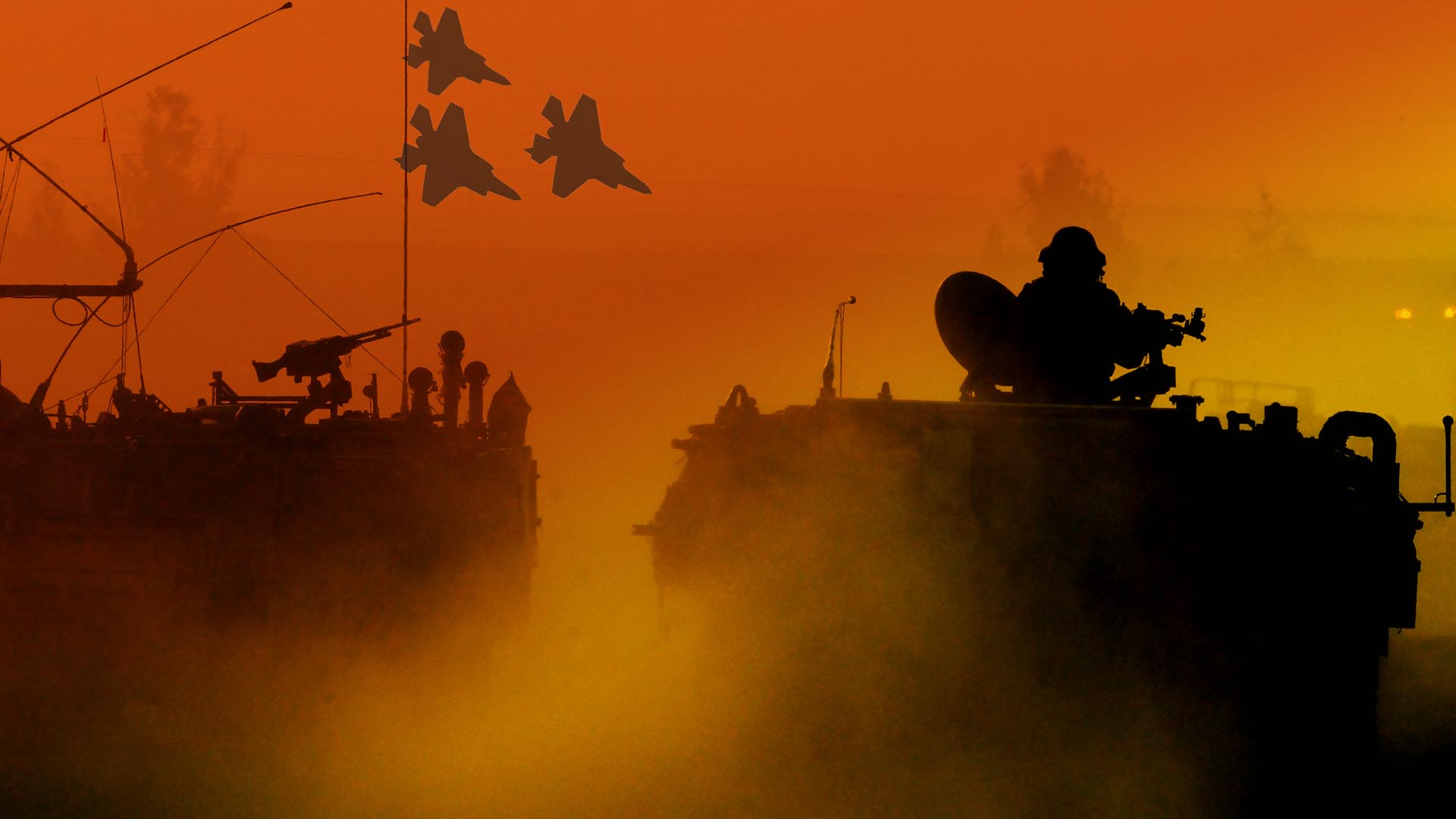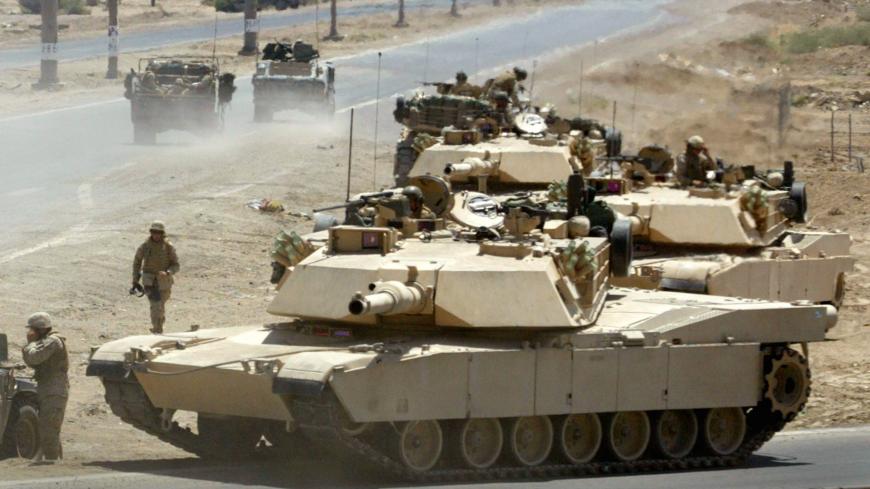
Iran and Saudi Arabia Battle for Supremacy in the Middle East
The struggle between Iran and Saudi Arabia has insinuated itself into nearly every regional issue, fracturing international alliances and sustaining wars across the region, while raising fears of a direct conflict between the two powers. Meanwhile, the region is rife with ongoing conflicts, and the long-simmering dispute between Israel and Palestine continues to flare up periodically.
Over the past decade, the struggle between Iran and Saudi Arabia for dominance in the Middle East has insinuated itself into nearly every regional issue, fracturing international alliances and sustaining wars across the region, while raising fears of a direct conflict between the two powers that could involve the U.S. Now both sides seem to be seeking a diplomatic offramp to confrontation, amid a broader shift toward lowering tensions across the region.
Saudi
Arabia ramped up its regional adventurism after Mohammed bin Salman,
the powerful son of King Salman known as MBS, was appointed crown prince
in 2017. From the Syrian civil war to the Saudi-led war in Yemen, that
has meant proxy conflicts with Iran-backed regimes and nonstate armed
groups that have on several occasions veered dangerously close to direct
hostilities between the two rivals. A precision missile and drone
strike on Saudi oil facilities in 2019 was widely blamed on Iran. And
the Trump administration’s confrontational approach to Tehran brought
the U.S. and Iran to the brink of war in January 2020, with direct
implications for Riyadh.
President Joe Biden has now reengaged diplomatically with Iran in an effort to revive the 2015 multilateral nuclear deal that the Trump administration withdrew from. That coincides with broader moves across the Middle East to mend ties that had been frayed by the region’s various arenas of conflict and competition. Biden has also promised to make respect for human rights a central pillar of his foreign policy. The potential implications for U.S. partners in the Middle East, particularly Saudi Arabia, are significant, although to date Biden has not radically changed America’s policies in the region, and more recently he visited the kingdom and met with MBS, despite having promised to make Saudi Arabia a pariah state.

Despite a recent cease-fire, the ongoing civil war in Yemen continues to fuel one of the world’s worst humanitarian crises. Syria’s 11-year civil war has now entered an extended endgame that, though less bloody, remains every bit as volatile. Libya has seen a respite in its civil war since a cease-fire was implemented in October 2020 and a transitional government named in March 2021, but its political transition to elections has now hit an impasse. Above all, the absence of fighting in these countries by no means guarantees the establishment of lasting peace.
 Meanwhile,
the most recent round of fighting between Israel and Hamas in May 2021
served as a reminder that the conflict between Israel and Palestine
cannot be simply wished away by regional powers and the U.S. Like
everything else in the region, this conflict has become entangled in the
larger Saudi-Iran power struggle, with Saudi-allied leaders willing to
remain silent on the Palestinian issue in return for Israeli support in
containing Iran. The U.S.-brokered diplomatic normalization deals Israel
signed in the final months of the Trump administration with the United
Arab Emirates and Bahrain simply formalized a strategic realignment that
had until then been an open secret in the region. The question now is
whether Saudi Arabia will follow suit. But normalization with Israel
without a final settlement of the Israel-Palestine conflict no longer
seems as tenable a position as it did before.
Meanwhile,
the most recent round of fighting between Israel and Hamas in May 2021
served as a reminder that the conflict between Israel and Palestine
cannot be simply wished away by regional powers and the U.S. Like
everything else in the region, this conflict has become entangled in the
larger Saudi-Iran power struggle, with Saudi-allied leaders willing to
remain silent on the Palestinian issue in return for Israeli support in
containing Iran. The U.S.-brokered diplomatic normalization deals Israel
signed in the final months of the Trump administration with the United
Arab Emirates and Bahrain simply formalized a strategic realignment that
had until then been an open secret in the region. The question now is
whether Saudi Arabia will follow suit. But normalization with Israel
without a final settlement of the Israel-Palestine conflict no longer
seems as tenable a position as it did before.





No comments:
Post a Comment
Note: Only a member of this blog may post a comment.